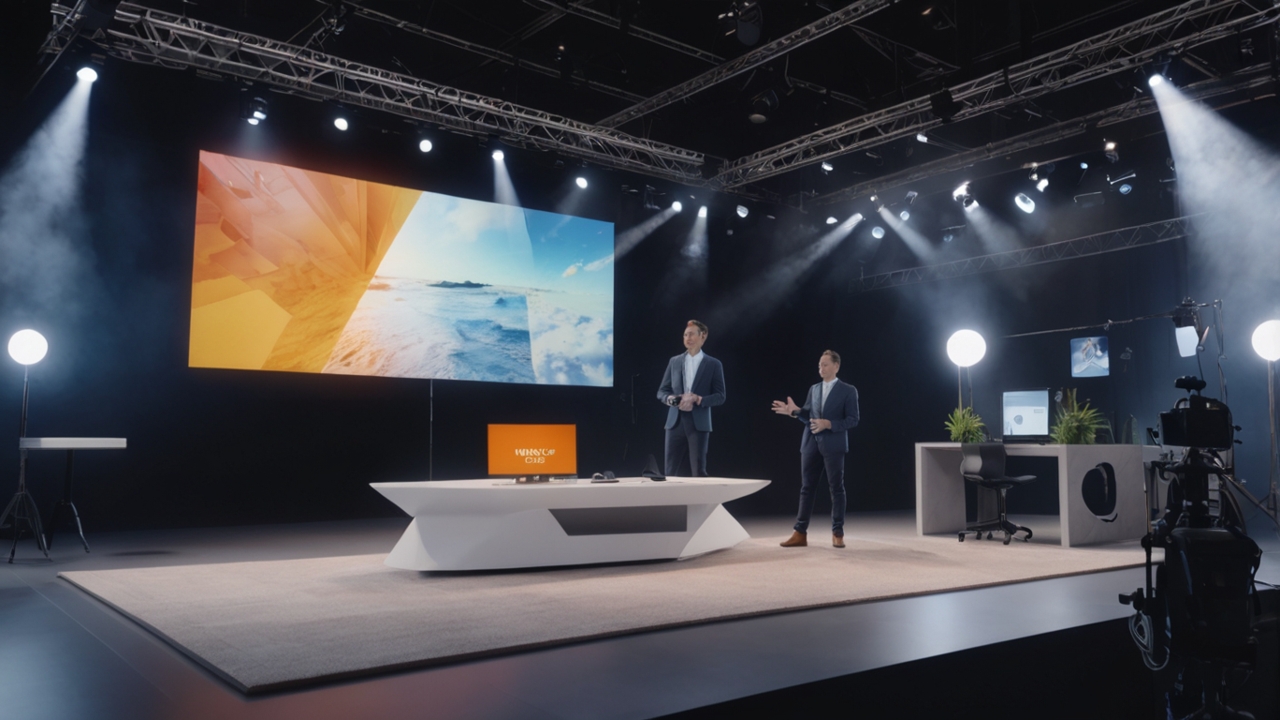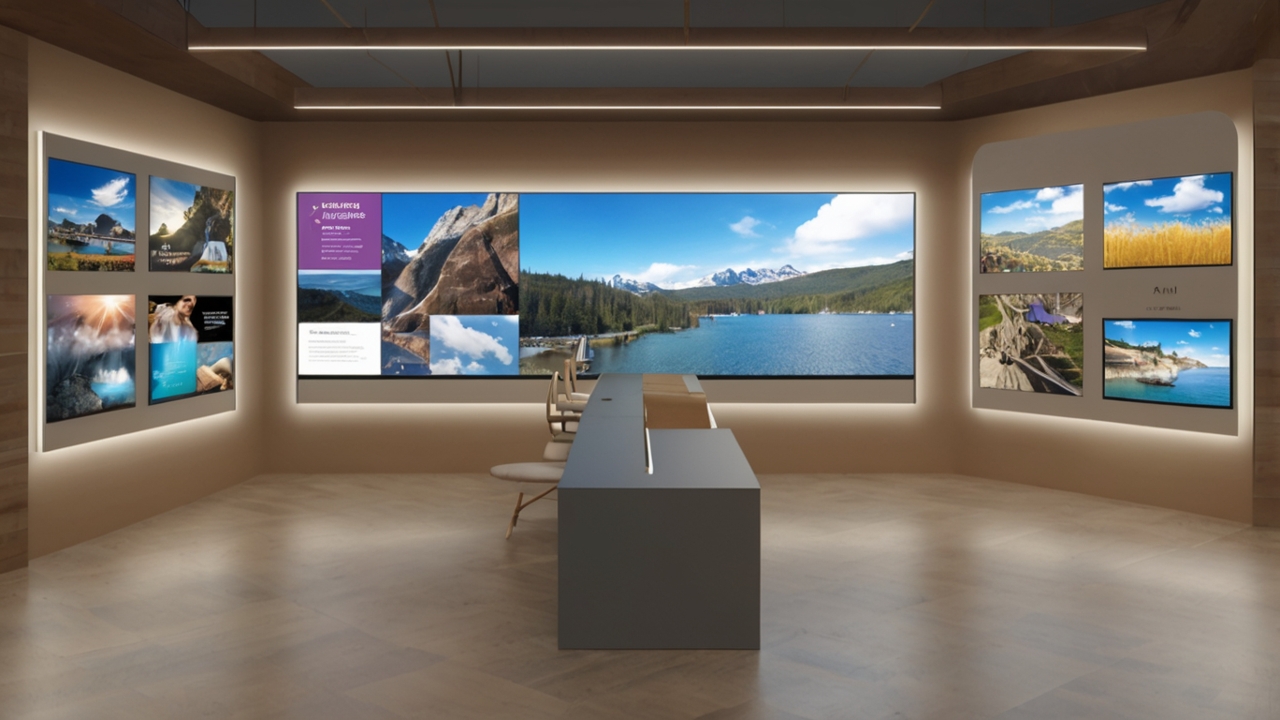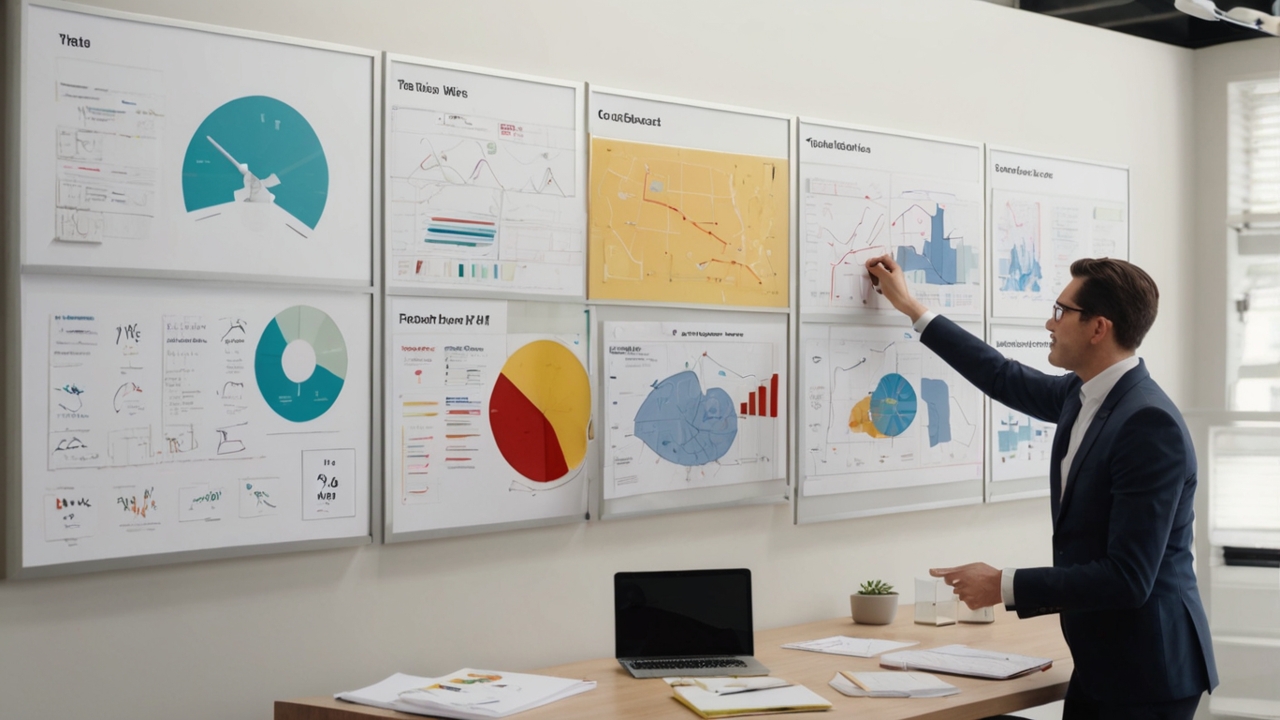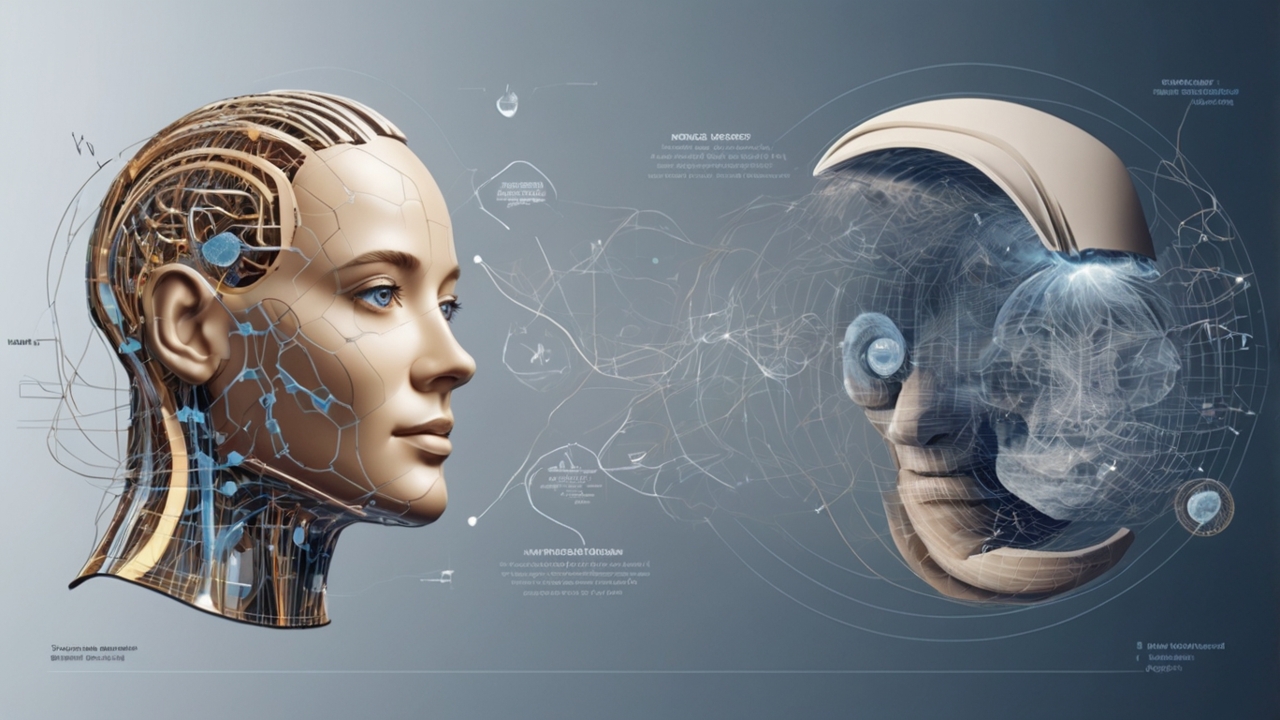Mayumiotero – In the simplest terms, Volumetric Video captures a person or object in full three-dimensional form, allowing viewers to explore scenes from any angle. Unlike traditional video that locks you into one perspective, volumetric technology offers the freedom to move around just as you would in real life. As a result, it transforms digital experiences into lifelike encounters.
Moreover, this technique records every subtle movement and expression, from the wave of a hand to the flicker of an eye. Because of that, it delivers an unparalleled sense of realism, making virtual events feel closer to reality than ever before.
“Read also: Ant Group Enters Trillion‑Parameter AI League with Ling‑1T“
How Volumetric Video Differs from Traditional Formats
While 360° video allows viewers to look around, it still limits interaction. You’re watching a flat sphere wrapped around you. On the other hand, Volumetric Video lets you move within the scene. It’s not just about viewing it’s about being present.
Additionally, compared to motion capture or CGI, volumetric methods don’t rely solely on digital modeling. Instead, they capture real humans and environments, creating authentic performances that preserve emotional nuance. Therefore, it bridges the gap between cinema and simulation.
Why Volumetric Video Matters for Virtual Events
As audiences demand more immersive experiences, event organizers realize that static video isn’t enough. During the pandemic, virtual events exploded but fatigue soon followed. People craved genuine presence, not another Zoom window.
Consequently, Volumetric Video emerged as the perfect antidote. It restores depth, emotion, and connection. Attendees can walk around speakers, lean closer, or observe gestures making them feel physically involved even when attending remotely.
The Science Behind Volumetric Capture
The process of volumetric capture involves an array of synchronized cameras surrounding the subject. These cameras record from multiple angles simultaneously. Later, powerful algorithms reconstruct the footage into a 3D model that can be viewed, rotated, or animated in real time.
Because of this multi-angle approach, the system captures even the most delicate details wrinkles, clothing textures, and lighting nuances. When integrated into virtual environments, these details create a sense of “telepresence,” making viewers feel like they’re standing right next to the person speaking.
From Gigabytes to Real-Time Streams
Initially, Volumetric Video files were massive too heavy to stream online efficiently. However, with advances in compression algorithms and cloud rendering, it’s now possible to deliver these experiences seamlessly.
Furthermore, modern codecs, like MPEG-I and point cloud compression, drastically reduce data size. Combined with 5G and edge computing, volumetric streams can now run on common devices, from laptops to VR headsets. As a result, what once required a supercomputer is now accessible to anyone with a strong internet connection.
The Growing Ecosystem Behind Volumetric Events
The rise of Volumetric Video has sparked an ecosystem of new technologies and platforms. Companies like Microsoft Mixed Reality Capture, 8i, and Metastage have created professional-grade studios. Meanwhile, consumer-focused apps are emerging for mobile devices, making 3D capture more democratized.
Additionally, event platforms like AltspaceVR and Virbela now support volumetric content, allowing organizers to host interactive conferences, concerts, and exhibitions that feel physically real. As this ecosystem expands, production pipelines are becoming faster, cheaper, and more scalable.
Bringing Emotion Back to Digital Stages
One of the greatest advantages of volumetric storytelling lies in emotional engagement. When a speaker or performer appears as a full 3D hologram, the audience doesn’t just hear them they feel their presence.
Moreover, emotional cues like body language, movement, and facial expression amplify understanding. For brands and educators, this means messages land deeper and stick longer. Consequently, Volumetric Video transforms passive watching into active experiencing.
Creating Volumetric Events Step by Step
Producing a volumetric event requires strategic planning. First, organizers need to choose a capture studio that fits their vision and budget. Then, scripts are adapted for spatial storytelling directing speakers to move naturally within 3D space.
After capture, post-production cleans the data, removes noise, and optimizes lighting. Finally, the volumetric model is imported into a virtual platform where the event unfolds interactively. Step by step, this workflow converts imagination into immersive reality.
The Role of Game Engines and XR Platforms
Interestingly, the backbone of many volumetric events lies in game engines like Unity and Unreal Engine. These engines power real-time rendering, lighting, and physics, ensuring smooth interaction as viewers move around.
In addition, with WebXR technology, users can now explore volumetric experiences directly through browsers without downloading apps. This accessibility bridges the gap between technical innovation and everyday usability exactly what large-scale events need.
Business Impact: Beyond the Wow Factor
Volumetric Video isn’t just about impressing audiences; it also drives measurable business results. Brands using volumetric presentations report higher retention rates, stronger brand recall, and longer viewing times.
Furthermore, hybrid events that combine real-world and volumetric elements create shareable content for social media, extending the event’s lifespan. For sponsors and exhibitors, this means more exposure and better ROI. Therefore, investing in volumetric media pays off beyond the event itself.
Cost and Accessibility: Breaking the Barriers
Although once reserved for big-budget productions, volumetric technology is rapidly becoming affordable. Portable capture rigs and AI-assisted reconstruction now make it feasible for mid-sized companies to experiment.
In fact, startups and universities are setting up low-cost volumetric labs using depth cameras like Intel RealSense or Azure Kinect. As technology matures, entry barriers continue to shrink inviting more creators to join the 3D revolution.
Volumetric Video in Music, Sports, and Culture
Entertainment industries are embracing volumetric storytelling with open arms. For instance, artists like Madonna and Travis Scott have integrated volumetric performances into concerts and metaverse experiences.
Similarly, sports broadcasters use volumetric replays that let fans watch goals or slam dunks from any angle. Because of this innovation, the audience feels closer to their idols and relives moments more vividly than ever before.
“Read also: AI in Action: How the MHRA Is Fast-Tracking Smarter, Safer Healthcare“
AI and the Future of Volumetric Technology
Artificial intelligence is accelerating volumetric workflows at every stage. AI algorithms can reconstruct 3D geometry from fewer cameras, fix occlusions, and enhance textures automatically.
Furthermore, deep-learning models like Neural Radiance Fields (NeRFs) and Gaussian Splatting can recreate volumetric scenes from standard video footage. This means even low-budget events can achieve stunning results without massive setups.
Ethical Considerations and Digital Rights
As with any human-centered technology, Volumetric Video raises ethical questions. Who owns the digital likeness of a person once captured? How can creators prevent unauthorized reuse of volumetric avatars?
Therefore, event organizers must establish clear consent agreements and protect intellectual property. Transparency, credit, and data protection are vital for ensuring trust as this medium becomes mainstream.
Enhancing Accessibility and Inclusion
Beyond its wow factor, Volumetric Video holds incredible potential for accessibility. Because viewers can move around and zoom in, it supports diverse learning and engagement styles.
Additionally, 3D spatial audio and sign-language avatars can make events more inclusive for people with hearing or visual impairments. When designed thoughtfully, this technology helps bridge not widen the digital divide.
Challenges That Still Remain
Despite its promise, Volumetric Video faces technical hurdles. High-quality capture demands controlled lighting and precise calibration. Real-time streaming also requires strong bandwidth and efficient compression.
Nevertheless, each year brings improvement. As AI, 5G, and cloud processing evolve, these obstacles are shrinking fast. Soon, volumetric streaming could become as common as live video today.
The Road Ahead: Toward the Age of Presence
In the coming decade, virtual events may transition from flat screens to full volumetric spaces. Imagine attending an international conference from your living room walking among speakers, chatting with 3D attendees, and experiencing true presence.
Moreover, as mixed reality glasses become mainstream, volumetric content will blend naturally into daily life. From education to e-commerce, this format will redefine how humans interact with digital worlds.



